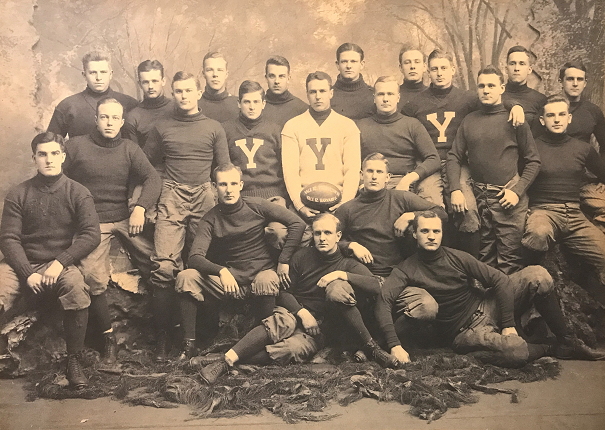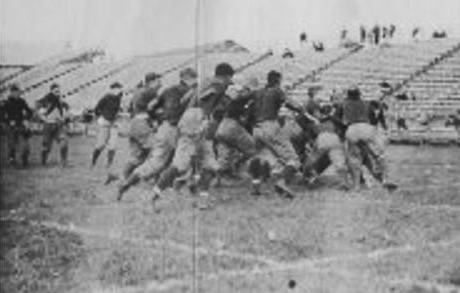


| Wesleyan (1-7-1) | 25-0 | |
| Syracuse (5-3-1) | 11-0 | #15 |
| Springfield (2-4-2) | 18-0 | |
| Holy Cross (1-7-2) | 52-0 | |
| at Army (6-2-1) | 0-0 | #11 |
| Villanova (1-5-1) | 45-0 | |
| Washington & Jefferson (7-2) | 11-0 | #17 |
| Brown (7-3) | 22-0 | #14 |
| Princeton (7-2) | 12-10 | #2 |
| at Harvard (7-3) | 12-0 | #8 |
| 1) Parke Davis | 4.3 |
| 2) Billingsley (math system) | 4.24 |
| 3) Houlgate (math) | 4.22 |
| 4) Helms | 3.9 |
| 5) National Championship Foundation | 3.4 |